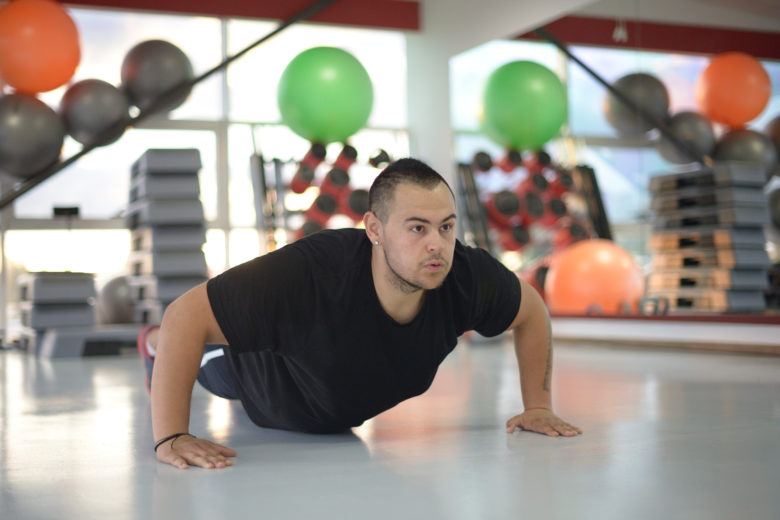
As a personal trainer, I am always trying to toe the line between providing my clients with an opportunity to get stronger and burn calories while maintaining a safe training environment that reduces injury risk.
I have used the Functional Movement Screen — a training diagnostic test that identifies exercise abilities and limitations — with my clients for a number of years now. However, as I finished reading the book Movement by Gray Cook, I found myself really scrutinizing my clients’ movement patterns and exercise selection. Consider the question we (either as exercisers or practitioners) are constantly asking ourselves: Is it worth working out “hard” to burn calories and reach performance or weight-loss goals if we are slowly, progressively making injury more likely?
How many times have we heard of the person who lifts heavier weights, gets injured, takes time off, starts back up again lifting even heavier weight, and then gets injured again? Wash, rinse, repeat. Eventually, they get injured so many times they need shoulder or hip or knee surgery. (Or, maybe it’s not weights. Maybe it’s running or some other activity that’s causing injury.)
I acknowledge that the benefits of exercise are extensive: improved physical performance, weight maintenance, disease prevention and mental well-being, just for starters. However, we may be putting the cart before the horse when it comes to our current exercise patterns. High-intensity interval training burns a ton of calories, but it also puts high stress on joints and muscles. And, if we are dealing with imperfect muscles and joints to begin with, that stress is magnified.
In Movement, Cook compares the human body to an elite race car. We can take our car for a test drive and test its max capacity, but between test drives it’s best that we perform “tune-ups” to check the engine and brakes. If we continuously take “test drives” (high-intensity interval training) without the “tune-ups” (recovery days, stretching, foam rolling, movement pattern training), you had better believe our bodies will break down. However, tune-ups burn a lot less calories than test drives.
This brings me to my ultimate point: We need to stop looking at exercise as just being about burning calories to manage weight. We need to break down exercise into two compartments: movement quality and movement quantity.
So what is movement quality? It is pretty much any exercise motion done with the intention of perfecting that motion. The point is not to add significant weight to it until you can do it right. For example, if someone cannot do a squat correctly, loading up 135 pounds onto a bar is the wrong thing to do. All of the improper faults and mechanics will just be magnified and likely increase the risk of injury. Movement quality is about improving technique for basic exercise patterns such as squatting, stepping, lunging, pushing, pulling and rotating.
Movement quantity — adding weight, elevating heart rate, burning calories, getting better stamina and strength, pushing yourself — is what most people consider a “workout.”
Consider how you want to split your exercise routine between movement quality and quantity. Both are necessary, but so is staying balanced.



